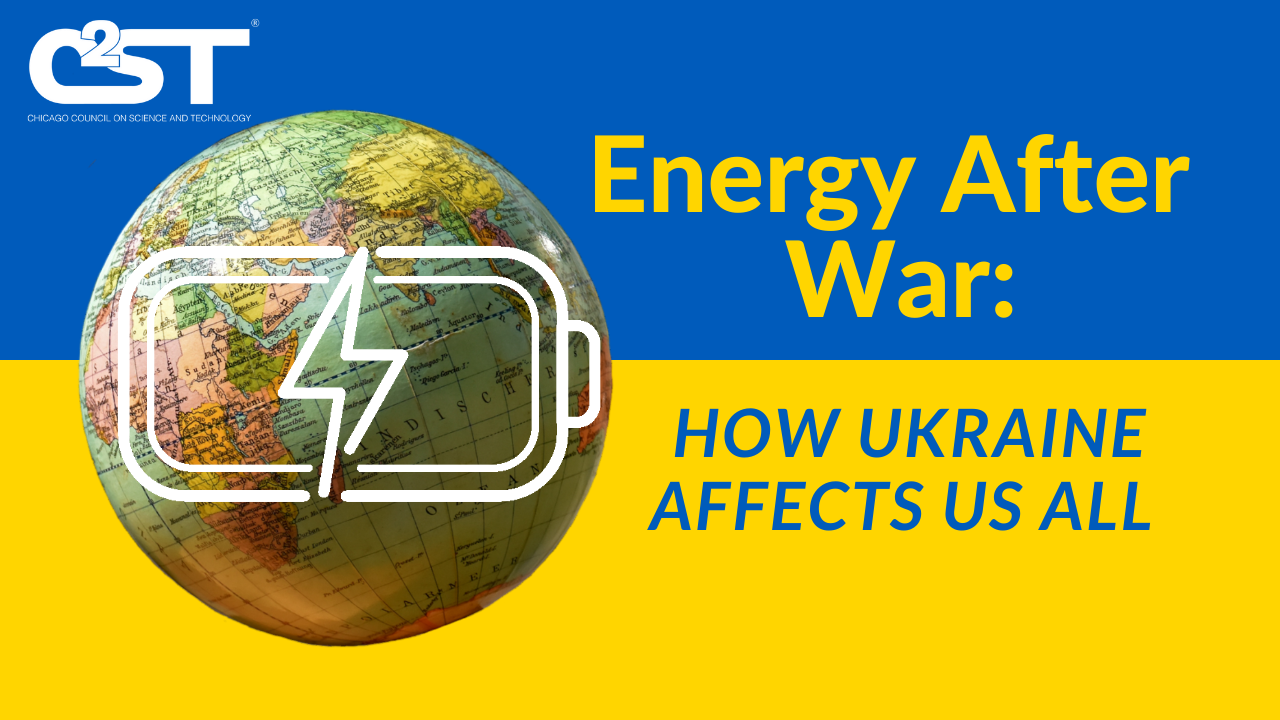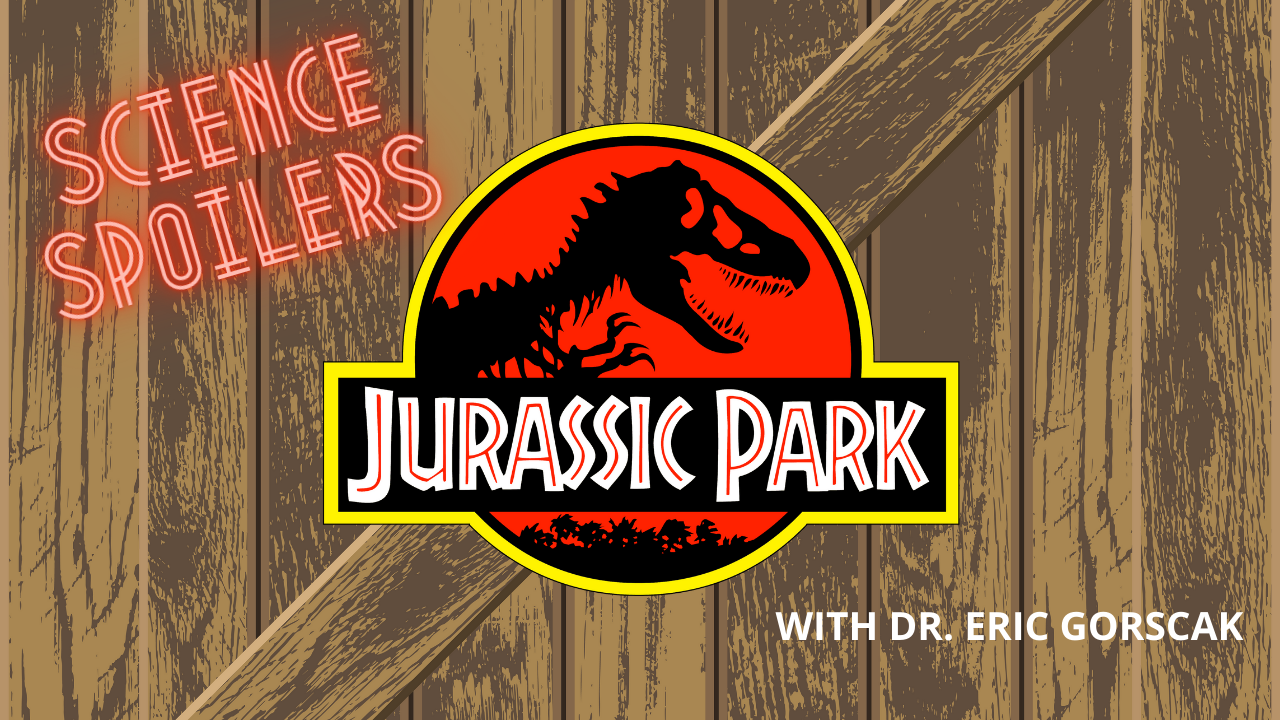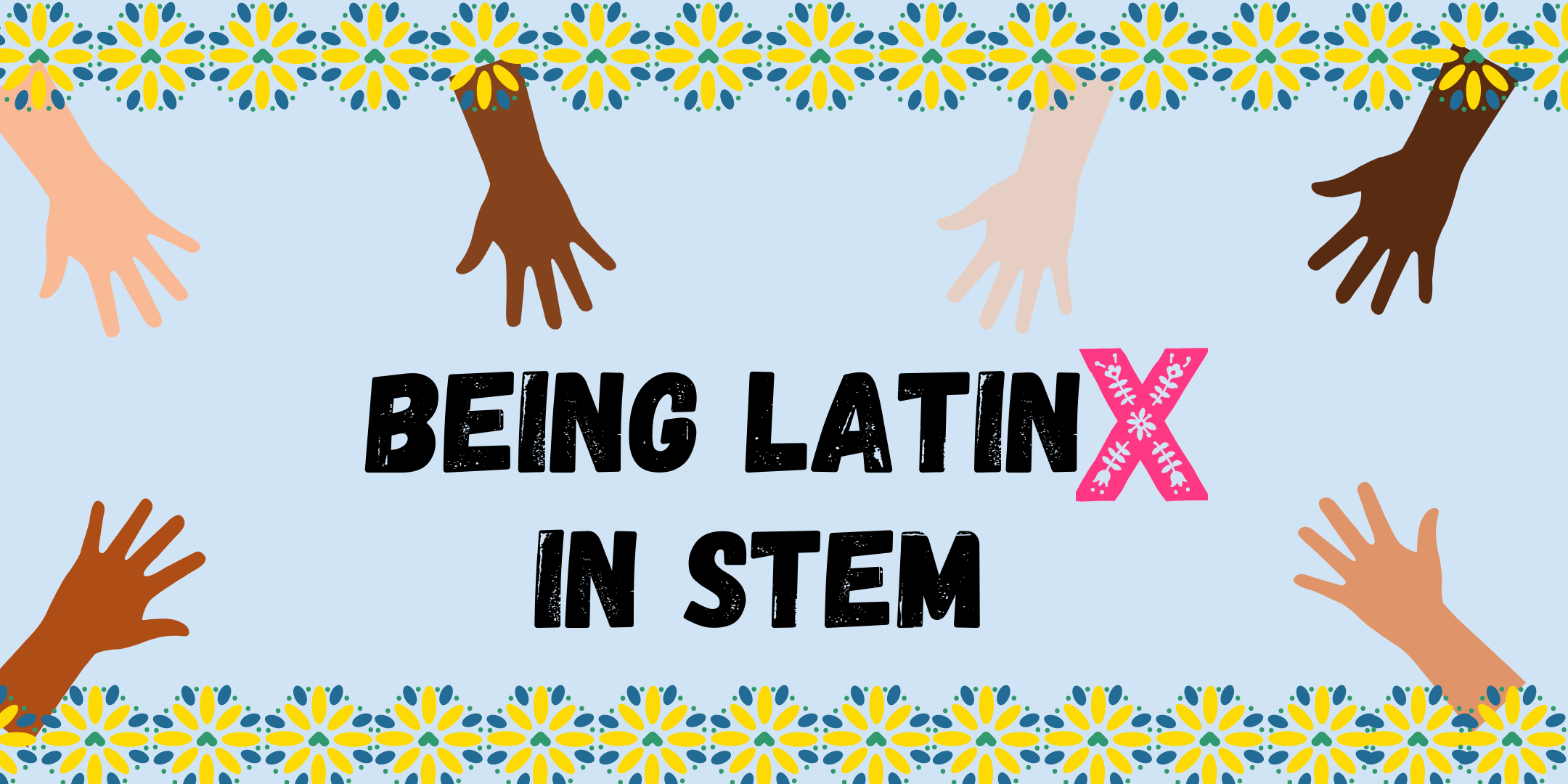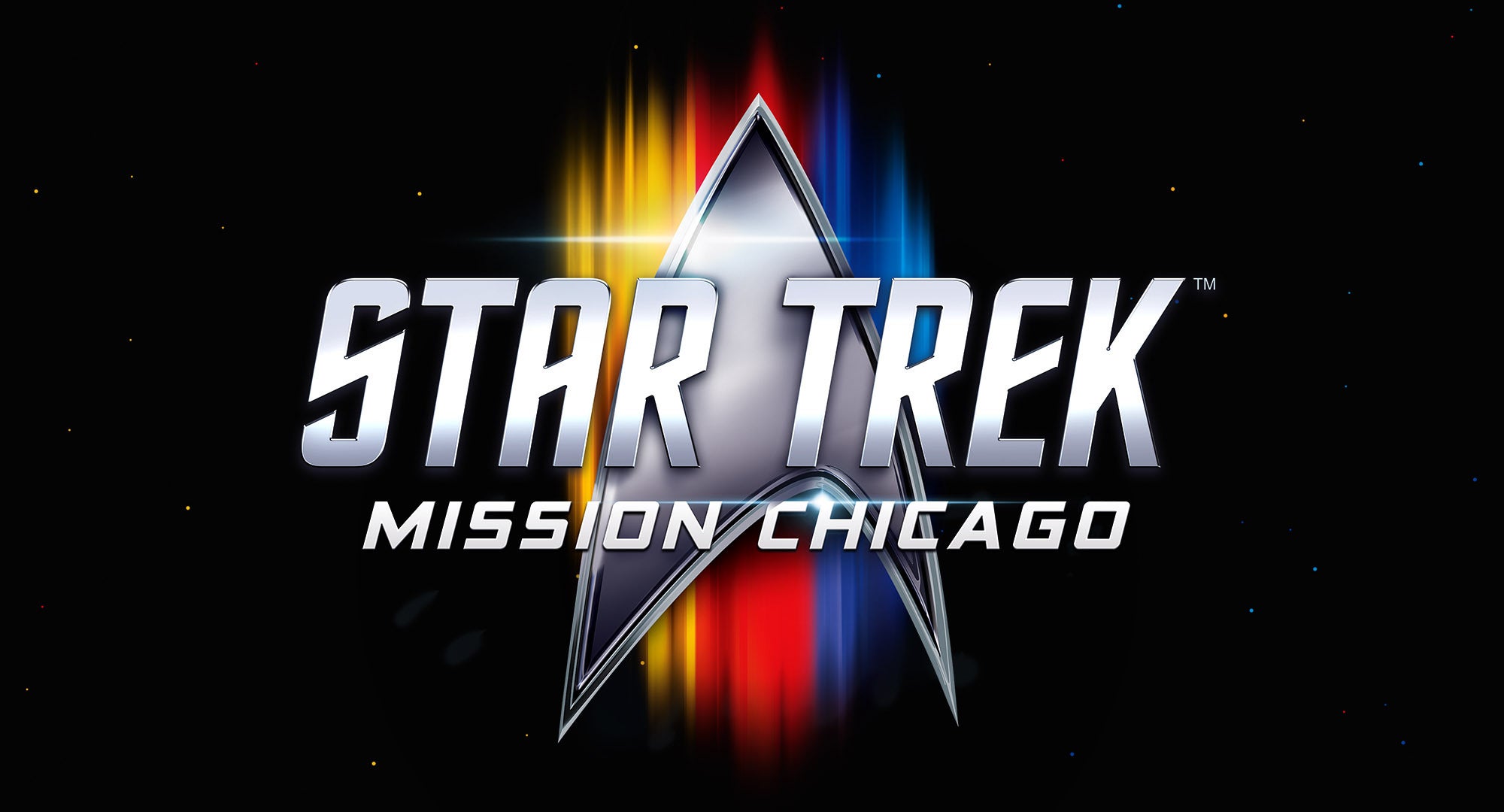
In February of this year, Russia invaded Ukraine. Since then, global energy markets have been in a state of flux. With energy companies divesting from Russian providers and strategic oil reserves across Europe and America running dry, the immediate future of conventional energy production and usage is rife with unknowns. To complicate matters further: the direct attacks on Ukrainian nuclear power plants and the stability of Chernobyl renew questions regarding the use of nuclear power. The matter goes beyond energy itself–the increase in military spending will affect social safety nets, such as healthcare, and environmental protection. This panel will synthesize what has happened across global energy markets since February 2022, how that affects us in the present, and how this will change our future energy landscape.
Continue reading “Energy After War: How Ukraine Affects Us All”

How real are the dinosaurs in Jurassic World? Find out and ask your own questions at our Speakeasy on June 21st!
Ever since the 1993 classic Jurassic Park and its subsequent sequels were unleashed into the world, the series has ushered in a new generation of public fascination into prehistoric Earth and inspired a new generation of paleontologists from all over the world. But has the Jurassic Park series been able to keep up with the latest paleontological discoveries, or is the series facing extinction in light of new dinosaur science? Is it possible to tease the paleo-science from paleo-fiction? What is in the realm of possibility or merely speculation concerning these enigmatic, extinct creatures? Join paleontologist Dr. Eric Gorscak in Science Spoilers: Jurassic World as he discusses the evolving science witnessed in both the field of paleontology and in the blockbuster Jurassic Park movie series from the past 30 years.

We live in a complex world, where science and technology do not exist and can not be taught in a vacuum. Traditionally, the movers and shakers in the myriad STEM fields have been straight, white, and masculine. With this in mind, and with an eye towards the future, how can non-white students and young scientists navigate STEM spaces that were not built with them in mind?
Continue reading “Being Latinx in STEM”

Networking and refreshments in person only from 4 – 5 pm. The live-stream portion of the program will run from 5 – 6 pm.
What is the difference between chronological age and biological age? How is biological age measured? Humans have accepted cognitive decline, heart disease, and some cancers as a necessary part of the aging process for generations, but is this really the case?
Continue reading “Is Age More Than Just a Number?”

Star Trek is a story of exploration that has fascinated us for more than 50 years.
The myriad writers, directors, artists, and technicians responsible for pop culture mega franchises like Star Trek, Star Wars, and the Marvel Universe are arguably some of the most creative of our time. But how do these imagined tech advances and innovations hold up IRL and the ever-ready-to-pick-it-apart nerd community? And can physics and science (as we currently understand them) explain the phenomena seen in the franchise? This is where the scientists come in!
The Chicago Council on Science and Technology (C2ST) will discuss the theme of human exploration and show that, although we cannot change the laws of physics, we have come a long way in understanding them and, perhaps, to applying our knowledge to changing the present and future! C2ST is joined by Trek enthusiasts Dr. Voula Saridakis of the Museum of Science and Industry and Dr. Dirk Morr of the University of Illinois at Chicago. They’ll go over just how much science there is in the science fiction of Star Trek and give us a look at some real scientific discoveries inspired by Star Trek!





